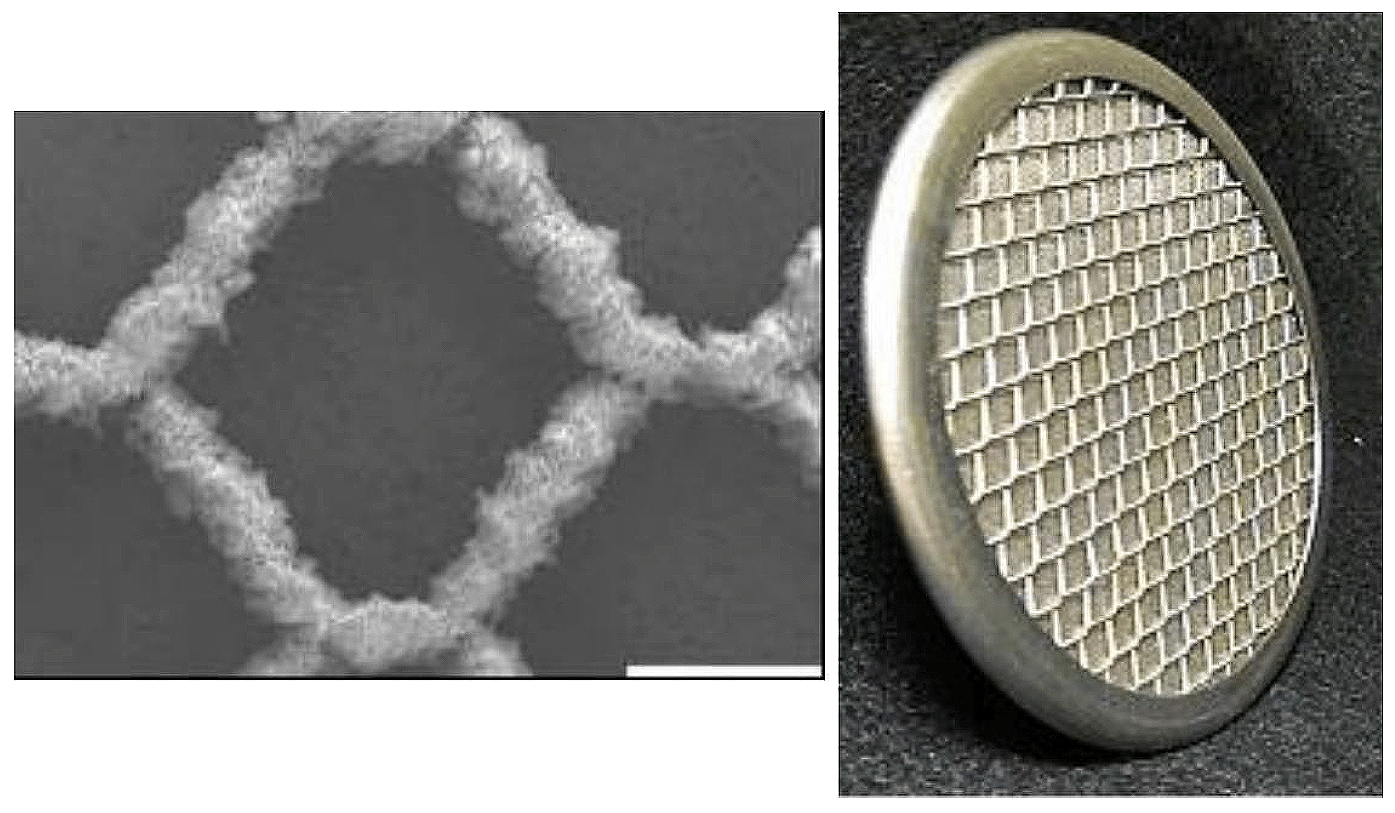2 min read
Preparations for Next Moonwalk Simulations Underway (and Underwater)

Saurabh Vilekar
Precision Combustion
Precision Combustion, Inc. (PCI) proposes to develop a uniquely compact, lightweight, low-power, and durable Microlith® Thermo-Photo-Catalytic (TPC) Reactor for crewed Mars transit spacecraft O2 supply. As crewed space exploration mission destinations move from low Earth orbit to sustained lunar surface habitation toward Mars exploration, the need becomes more intense to supplant heritage physico-chemical unit operations employed for crewed spacecraft cabin CO2 removal, CO2 reduction, and O2 supply. The primary approach to date has been toward incremental improvement of the heritage, energy intensive process technologies used aboard the International Space Station (ISS), particularly for water electrolysis-based O2 generation. A major breakthrough is necessary to depose these energy intensive process technologies either partly or completely. This is achievable by considering the recent advances in photocatalysis. Applications are emerging for converting CO2 to useful commodity products and generating H2 from atmospheric water vapor. Considering these developments, a low power thermo-photo-catalytic process to replace the heritage high-power water electrolysis process is proposed for application to a Mars transit vehicle life support system (LSS) functional architecture. A key component in realizing this breakthrough is utilizing a catalyst substrate such as Microlith that affords high surface area and promotes mass transport to the catalyst surface. The proposed TPC oxygenator is expected to operate passively to continually renew the O2 content of the cabin atmosphere. The targeted mission for the proposed TPC oxygenator technology deployment is a 2039 Long Stay, Earth-Mars-Earth mission opportunity. This mission as defined by the Moon to Mars (M2M) 2024 review consists of 337.9 days outbound, 348.5 days in Mars vicinity, and 295.8 days return for a total 982.2-day mission. The proposed Microlith oxygenator technology, if successful, is envisioned to replace the OGA technology in the LSS process architecture with significant weight and power savings. In Phase I, we will demonstrate technical feasibility of Microlith TPC for O2 generation, interface requirements, and integration trade space and a clear path towards a prototype demonstration in Phase II will also be described in the final report.
2025 Selections
Details
Related Terms
Discover More NIAC Topics




